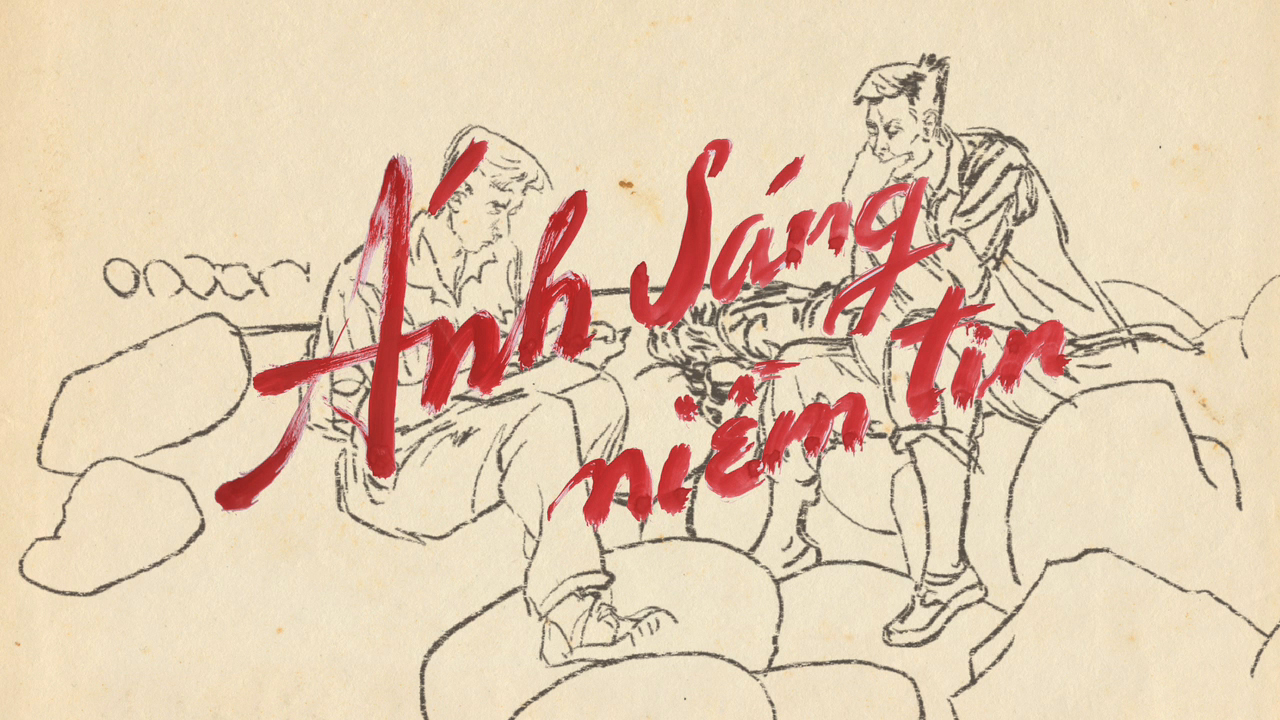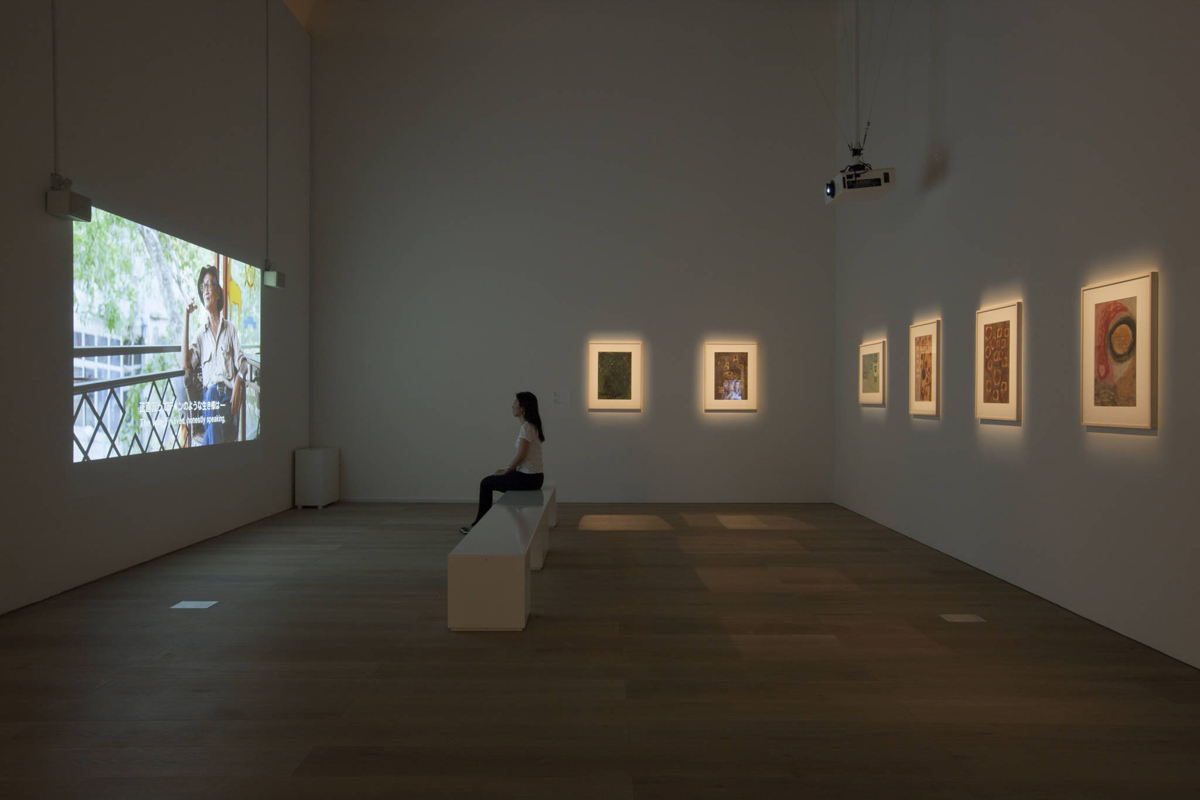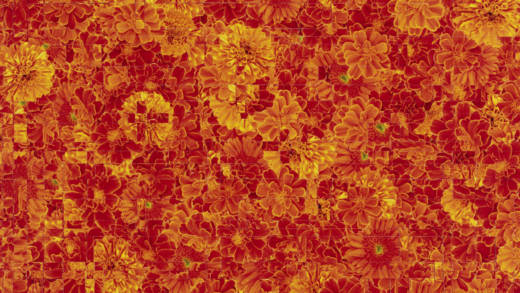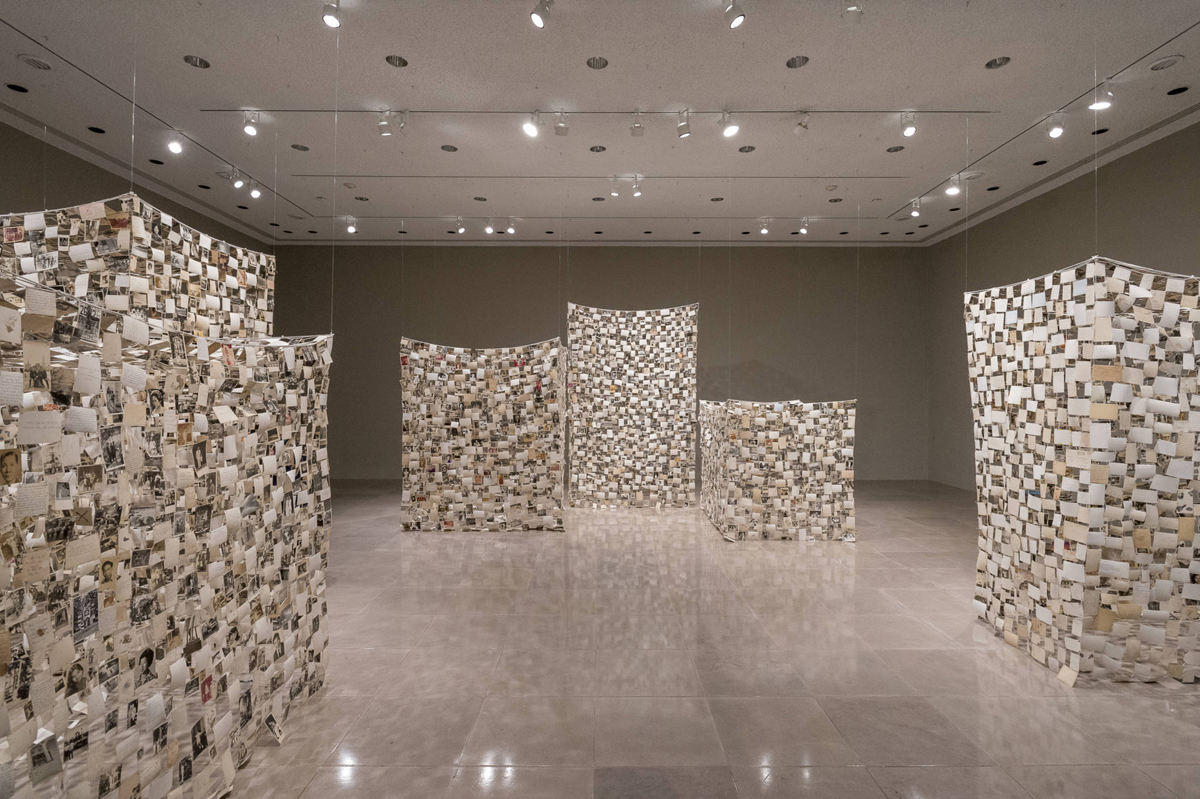Trauma, memory, and hope’s restorative power weave through artist Dinh Q. Lê’s timely retrospective True Journey is Return. Newly opened at the San Jose Museum of Art, the exhibition—the first comprehensive installation of Lê’s work in a decade—holds focus on life before, during and after a conflict that ended more than 40 years ago, but haunts those who witnessed it for the military and moral failure that it was.
Lê earned art world recognition early in the 21st century for large-scale photo-montages that mix American imperialist cinematic depictions of the Vietnam War (think Apocalypse Now) and images of the war’s horrors as experienced by the Vietnamese people. True Journey is Return moves well beyond Lê’s best-known work to reveal his explorations into sculpture and filmmaking, complements to his primary photographic practice.

In Light and Belief: Voices and Sketches of Life from the Vietnam War, a piece from 2012, Lê focuses on the lives and work of artists who heeded the call to document the war as a lived experience. Commissioned for dOCUMENTA 13, the installation profiles the archivist-soldiers who portrayed life amidst the chaos of conflict. These delicate compositions, hung opposite a video for which Lê interviewed the now-aged artists, introduce personal accounts of how they experienced the war, contrasting routinized daily life with combat’s unfiltered terror to a chilling end.
The 2015 short film Visions in Darkness: Tran Trung Tin recounts Vietnamese artist Tran Trung Tin’s gradual disillusionment with art. His response was aggravated by a prohibitive cultural context that demanded artists pursue social realism (abstraction was deemed experimental) in service of the country’s propagandistic agenda.

And The Imaginary Country, Lê’s first video piece, made in 2006, examines the SJMA exhibition’s themes metaphorically. Interspersed with portraits and film of Vietnamese clam diggers walking into the sea to perform demanding work, the video visualizes notions of forced departure and dreams of return—dreams held by refugees who know their home country through inherited and imperfect memory.





